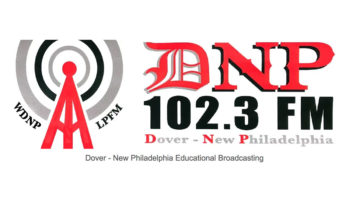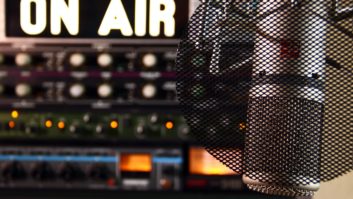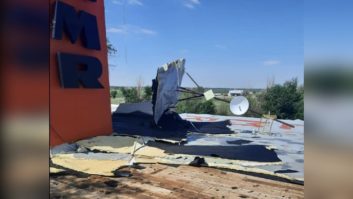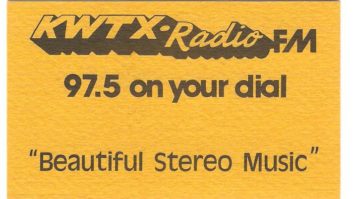The Federal Communications Commission has modified the license of legacy station WTIC(AM) in Hartford, Conn. — over objections from its owner, CBS — in order to allow a station in Michigan to air a signal at night. Both operate at 1080 kHz.
The commission staff says this action will allow the first full-time local broadcast service for residents of Waverly, Mich.
WOAP, a small 1 kW daytime-only signal in Owasso, already has a CP to increase power to 50 kW daytime directional and move to Waverly. It then asked permission also to operate at night with a 4.5 kW directional signal.
In contention here was how this change would affect WTIC during the hour right after its local sunset.
WTIC enjoys a grandfathered permission to operate with its daytime nondirectional facilities, a clause that allows it a daytime signal for an extra 45 to 75 minutes. However WTIC’s license was not specific as to the type of interference protection that applies to that extended period. (Under the rules, during daytime hours AM station protection is based on groundwave signal propagation; at night it is based on skywave.) Now the FCC has ruled that only the groundwave signal of WTIC’s extended daytime operation is protected, and it will permit predicted interference to WTIC’s skywave from WOAP during that evening window.
Explaining its ruling, the FCC said co-channel stations WKJK in Louisville, Ky., and WWNL in Pittsburgh, among others, are predicted to cause interference within the protected contour of the extended WTIC daytime operation if the nighttime protection requirements are applied. That means there is now marginal, if any, WTIC skywave service during the time of day in question and that the situation will not be made worse by allowing WOAP to air.
In making the decision, the commission rejected several arguments.
CBS felt the change would be detrimental to the public interest. It said listeners in that area of Michigan are already well served at night; also, it said WOAP’s proposed nighttime 0.025 mV/m – 10% interfering contour overlaps a portion of WTIC’s extended daytime operations that contains more than 16 million people. This, CBS suggested, would harm its ability to provide important emergency messages as one of only 37 Primary Entry Point stations in the country. But the FCC said WTIC will continue to receive protection of its groundwave signal so its role as a PEP station will be unaffected.
CBS also thought the commission should not, by precedent, consider interference from other stations in determining whether to allow new interference from a proposed facility. The commission agreed but said its past actions indicate that it had never intended to protect fully WTIC’s skywave signal during that period.
And CBS said WTIC has operated with its current licensed facility for more than 65 years and that the secondary service area has been protected, including skywave protection during extended daytime operation, since 1941.
But WOAP’s owner told the FCC that WTIC has never been entitled to skywave protection during this window of time; that the ruling would allow it to implement the first local radio service to Waverly; that the change will not interfere with WTIC(AM)’s operations in Connecticut; and that CBS could have challenged the change earlier and failed to do so, even though it was clear that CBS knew about the issues because the stations’ engineers “have had conversations concerning these issues.”
CBS had also argued against allowing WOAP to relocate from Owosso, Mich., to Waverly at all, saying this would deprive Owosso of its only local AM service and that Waverly isn’t a “community” but part of the Lansing urbanized area. The FCC ruled in a footnote that “neither of these facetious arguments warrants further consideration.”












